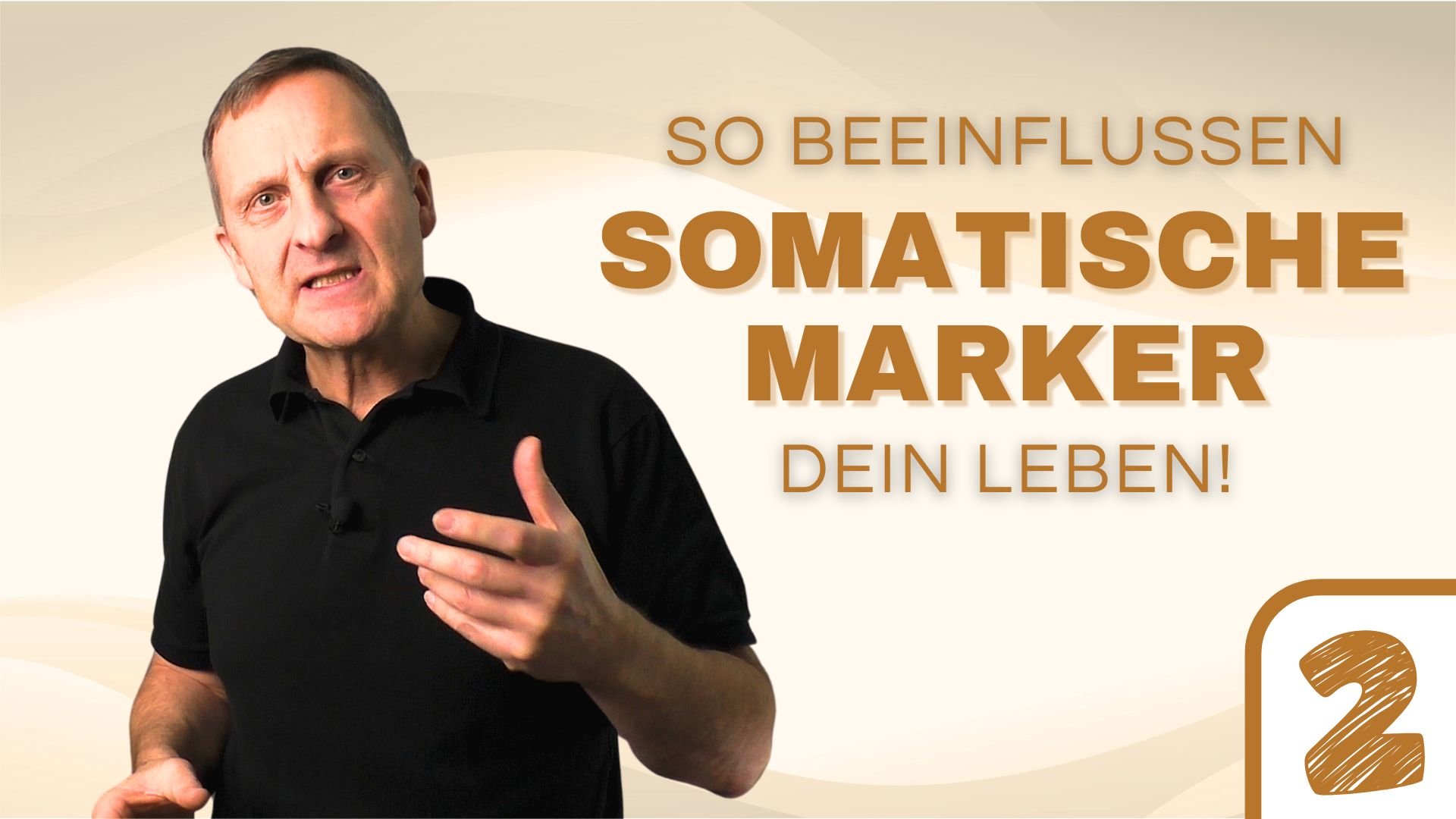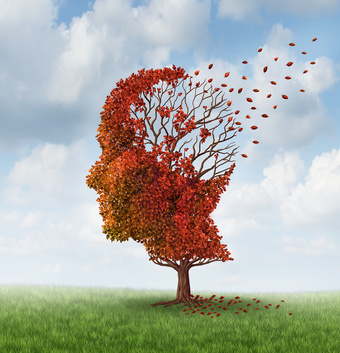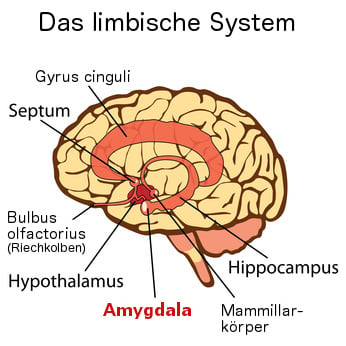How we can unlearn our fears in self-coaching with EMDR and the EMDR glasses Remstim 3000.
 Fear reactions sometimes make themselves felt as quiet sensations, but more often than not, fear overtakes us with a multitude of symptoms that almost take our breath away. When we are haunted by our fears, it feels as if our fear is rooted very deeply within us; as if it has always been a part of us.
Fear reactions sometimes make themselves felt as quiet sensations, but more often than not, fear overtakes us with a multitude of symptoms that almost take our breath away. When we are haunted by our fears, it feels as if our fear is rooted very deeply within us; as if it has always been a part of us.
Yet, in most cases, our fear is learned. The causes may lie far back in our past, so that we can hardly remember them. The good thing is: what we once learned, we can unlearn.
The objects, things and situations we fear are as numerous as they are varied.
Anxiety comes in many forms. For example, as:
- Fear of high altitude
- Fear of spiders
- Fear of snakes
- Fear of confined spaces
- Fear of exams
- Fear of high altitude
- Fear of spiders
- Fear of snakes
- Fear of confined spaces
- Fear of exams
The amygdala has a major influence on the “learning” of fears. As part of our limbic system and the center of fear, the brain area also known as the amygdala stores and controls our anxiety behavior. What we are afraid of and how much we are afraid of something is decided by our amygdala, which uses somatic markers to create and control our emotional experience memory, especially for our fears.
How exactly do we learn a specific fear?
According to US psychologist Orval Hobart Mowrer ‘s 1947 two-factor theory, we learn anxiety in two steps(read more). It took about another 60 years until Antonio Damasio postulated his theory of somatic markers, which functionally complements and refines this explanatory model with results of modern brain research.
For example, if we experience a situation that overwhelms us and at the same time we perceive strong stressful and unpleasant sensations (pain, shame, guilt, disgust, etc.), the experience and the accompanying physical arousal are stored in the body’s memory – in this case – as a fear stimulus.
The emotional and physical arousal felt by Einst in the process play a very important role in the long term. Somatic markers will make the event emotionally and consequently physically remembered with approximately the same intensity even after years in similar situations. We then feel fear.
Arousal level influences later anxiety behavior
Depending on the level of arousal that occurs, our emotional experience memory is “charged” with energy. Accordingly, our fear reactions vary. While our view from the 3m diving tower (merely) awakens a queasy feeling in us and makes us wary, the mere thought of the upcoming exam may be enough to make us sweat, to make our heart pound wildly. A resulting learning block can then destroy any ambitions to learn.
Depending on the degree of emotions and feelings experienced, REM sleep phases are prevented in the sleep cycle that follows the incisive event. We are literally jolted out of our sleep by reliving the event, usually at night.
This has far-reaching consequences, because REM sleep has been identified as the sleep phase that allows us to process our experiences, especially cognitively, and integrate them into our brains as articulable memories. Thus, REM sleep is exceptionally important for our nocturnal rest.
Read also the following article:

How Somatic Markers Influence Our Lives
Somatic markers make themselves felt with the help of body reactions of varying intensity It is often observed that one situation (external stimulus) only triggers some goose bumps, while another

How Somatic Markers Influence Our Lives
Somatic markers make themselves felt with the help of body reactions of varying intensity It is often observed that one situation (external stimulus) only triggers some goose bumps, while another
EMDR lets us catch up on the missed REM phases and unlearn our anxiety
Originally developed as a trauma processing therapy, EMDR is now also used in coaching in countless everyday situations. Especially in EMDR self-coaching it enables the user to react quickly to emotional and mental stresses (non-diseased states of mind).
Thanks to the EMDR goggles REMSTIM 3000 and the instructions for EMDR self-coaching, (non-diseased) fears can be unlearned in many cases. The anxiety response is usually greatly reduced as a result. In this process, the unpleasant and stressful feeling of anxiety transforms into a bearable feeling of conscious mindfulness in similar situations experienced in the future (read more about this under Stimulation Effects of EMDR). In particular, cognitive abilities come to the fore again for the first time, allowing us to re-evaluate situations that were once fraught with anxiety and enabling us to develop helpful strategies and solutions.
If we are still dominated by the old fear behavior, we primarily try to avoid fearful situations. After EMDR self-coaching, one’s options for action usually increase noticeably.
Our emotional experience memory remembers and reacts in a new functional way in the future thanks to the cerebral reintegration of the former fear-inducing experience through EMDR. The somatic markers now no longer transmit “naked fear and panic” but send a message of bearable content, which we can absorb more calmly and which allows us to act consciously.
A sign that we have unlearned our fear.













